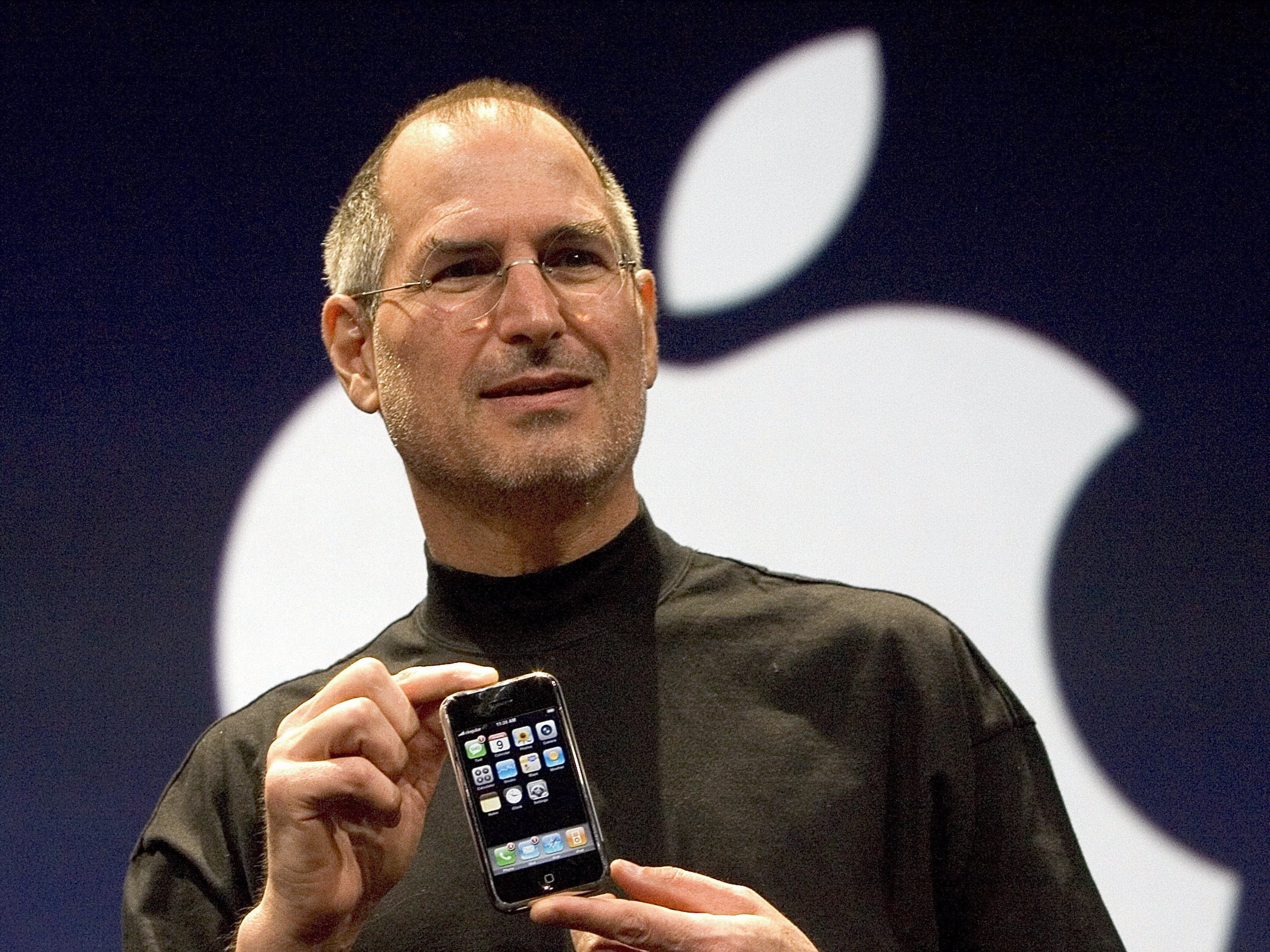Why Innovation Doesn't Matter...As Much

You’ve probably read countless articles, blogs, and posts proclaiming that to compete in a highly digital and dynamic world, your organization must become more innovative. While it’s hard to debate such a statement, much of the attention in increasing innovation is being placed on innovative processes, rather than creative output.
Creativity and innovation, while undoubtedly interconnected, are not the same thing. Innovation is the application of a creative thought to a defined output. Thus, creativity is a component of innovation, since innovation is how an organization brings creative ideas to life.
How one business takes creativity and turns that into a marketable product is unique to that company and those distinct processes can often be a competitive differentiator. Creativity, on the other hand is a common thread that crosses all organizations and the ability to create is not unique from one company to another.
And in a highly digital world, where human capital is the most vital asset in any organization, why are so many organizations spending more of their time and effort on innovative processes, when its creativity that drives success. It’s the people that produce the creative output that drives the innovation – in that order. It’s always the people first!
Many leading executives agree. According to a survey of 1,500 CEOs across the globe, they believe that instilling creativity throughout their organizations will be the single most important driver in leading through the growing complexity and velocity of the 21st Century.
Yet, the decision to spend time in creation is not something that can be forced upon anyone. It’s a choice that only the individual can make. What great leaders do is adapt an organizational culture and environment that releases the creative spirit throughout their respective enterprises. How?
1. They start by placing people at the foundation of their businesses.
Many organizations are proud to say that their people are their most important asset, yet employee engagement levels across the world tell a different story. How much more engaged and excited would employees be if they had the time and space to tap into their creative genius on a regular basis? Creativity lies at some of the highest levels of energy, and your people will be more willing to give of themselves when there is a thriving creative culture.
2. They fashion an environment within their organizations that frees up the time and space for their people to create.
We live in a highly distracted world and the level of these disruptions continue to mount daily. These distractions make it challenging to foster a culture of creativity that is needed to compete in today’s dynamic business environment.
By eliminating low-value processes, flattening organizational structures, and improving the speed at which decisions are made, businesses can significantly enhance the level of creative output from their people and be better positioned to thrive in the 21st Century.
By simplifying, you not only free up time for higher priorities to be undertaken, you generate more space by clearing the way for employees to move past the mental clutter that creates complexity.
3. They empower their people to spend more time in creative endeavors and to make informed decisions, without allowing bureaucracy to get in the way.
A culture of empowerment grabs the attention of your employees because it taps into their innate desire to take responsibility for achieving goals and objectives. When you give people the power to co-design the future of the business, the levels of trust will flourish, as will creativity.
4. They recognize their people for their creative accomplishments.
Recognition matters because it confirms to employees that the organization respects and values their contributions. It matters because it builds trust in the organization. This includes embracing failure. Failure is repeatedly the cost for success. In a culture of creativity, you must be willing to accept the many failures that come before success arrives, and recognize your people for their creative contributions, even without a marketable output.


















